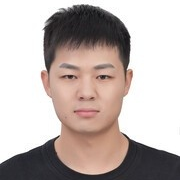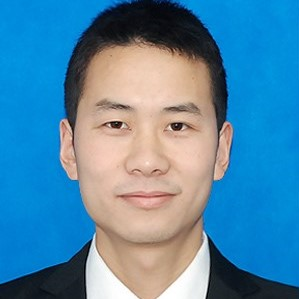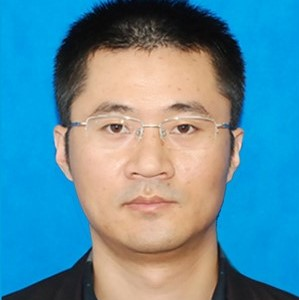Ultrafast Laser Processing of Difficult-to-Machine Materials and Micro/Nano Structures
A special issue of Micromachines (ISSN 2072-666X). This special issue belongs to the section "D:Materials and Processing".
Deadline for manuscript submissions: closed (20 March 2024) | Viewed by 11411
Special Issue Editors
Interests: laser manufacturing; ultrafast laser processing; flexible electronics; polymer laser processing; flexible sensor; wearable devices; human–machine interface
Special Issues, Collections and Topics in MDPI journals
Interests: laser material processing; laser welding; laser-based additive manufacturing; processing parameter optimization; numerical simulation; process monitoring; machine learning
Special Issues, Collections and Topics in MDPI journals
Interests: non-traditional machining; laser manufacturing; ultrafast laser processing
Special Issue Information
Dear Colleagues,
Carbon fibre reinforced plastics, brittle materials, cemented carbide, organic polymer materials, biomass materials, and other difficult-to-machine materials are widely used in aviation, aerospace, navigation, biology, etc. For example, Carbon fibre reinforced plastics are used in satellite manufacturing, photovoltaic glass is used in solar panels, titanium alloy is used in deep submersibles, polymer materials are used in flexible electronics, and fibrin is used in heart valves. Traditional processing methods such as turning and milling are difficult to achieve precision processing of the above difficult-to-machine materials, and there is an urgent need to introduce revolutionary processing methods. Ultrafast laser with short pulse width and high peak power is an important tool for low damage and high precision processing of difficult-to-machine materials. As an emerging processing technology, there is still a need to continuously explore the interaction mechanism between ultrafast lasers and materials, develop advanced process technologies, and expand the application prospects of ultrafast lasers.
This Special Issue of Micromachines, “Ultrafast Laser Processing of Difficult-to-Machine Materials and Micro/Nano Structures”, seeks to showcase research papers, communications, and review articles that focus on ultrafast laser processing of difficult-to-machine materials such as carbon fibre reinforced plastics, brittle materials(glass, diamond, etc.), cemented carbide, organic polymer materials, biomass materials, highly reflective material, matrix composite and explore the application of short-pulsed lasers in various fields. We hope that the papers will encompass the next key technological leaps that will further extend the applications of short-pulsed lasers. Suitable contributions can be related to (but are not restricted to) ultrafast laser processing mechanisms, processes, and equipment for difficult-to-machine materials and micro/nano structures, as well as expanded applications of ultrafast lasers in aviation, aerospace, navigation, biology, etc.
Dr. Congyi Wu
Dr. Longchao Cao
Prof. Dr. Guojun Zhang
Guest Editors
Ya Lu
Guest Editor Assistant
Manuscript Submission Information
Manuscripts should be submitted online at www.mdpi.com by registering and logging in to this website. Once you are registered, click here to go to the submission form. Manuscripts can be submitted until the deadline. All submissions that pass pre-check are peer-reviewed. Accepted papers will be published continuously in the journal (as soon as accepted) and will be listed together on the special issue website. Research articles, review articles as well as short communications are invited. For planned papers, a title and short abstract (about 100 words) can be sent to the Editorial Office for announcement on this website.
Submitted manuscripts should not have been published previously, nor be under consideration for publication elsewhere (except conference proceedings papers). All manuscripts are thoroughly refereed through a single-blind peer-review process. A guide for authors and other relevant information for submission of manuscripts is available on the Instructions for Authors page. Micromachines is an international peer-reviewed open access monthly journal published by MDPI.
Please visit the Instructions for Authors page before submitting a manuscript. The Article Processing Charge (APC) for publication in this open access journal is 2600 CHF (Swiss Francs). Submitted papers should be well formatted and use good English. Authors may use MDPI's English editing service prior to publication or during author revisions.
Keywords
- ultrafast laser
- difficult machining materials
- process technology
- interaction mechanism
- functional structure









